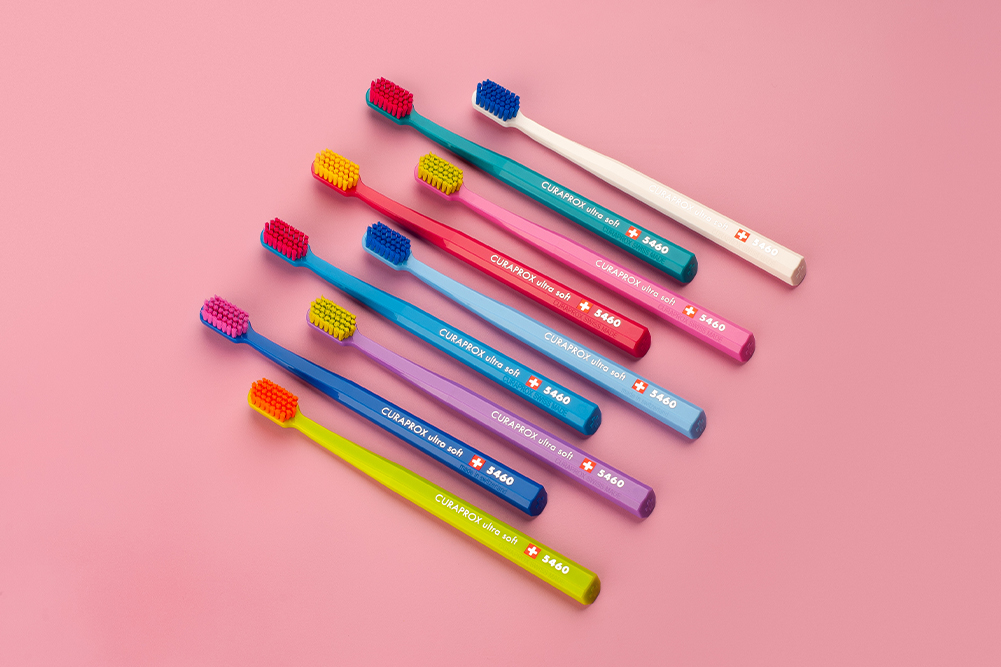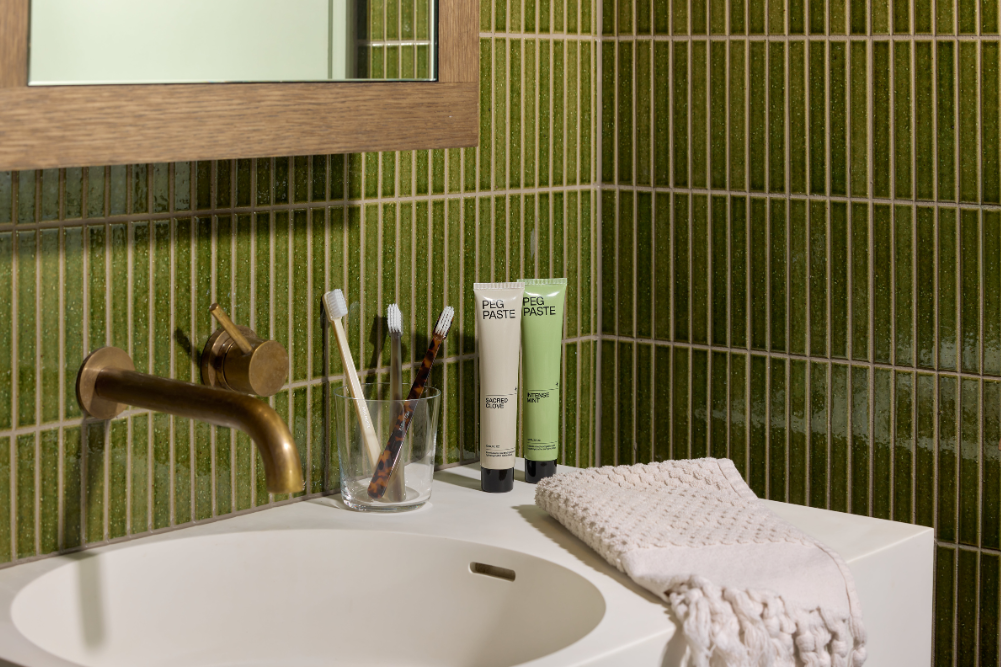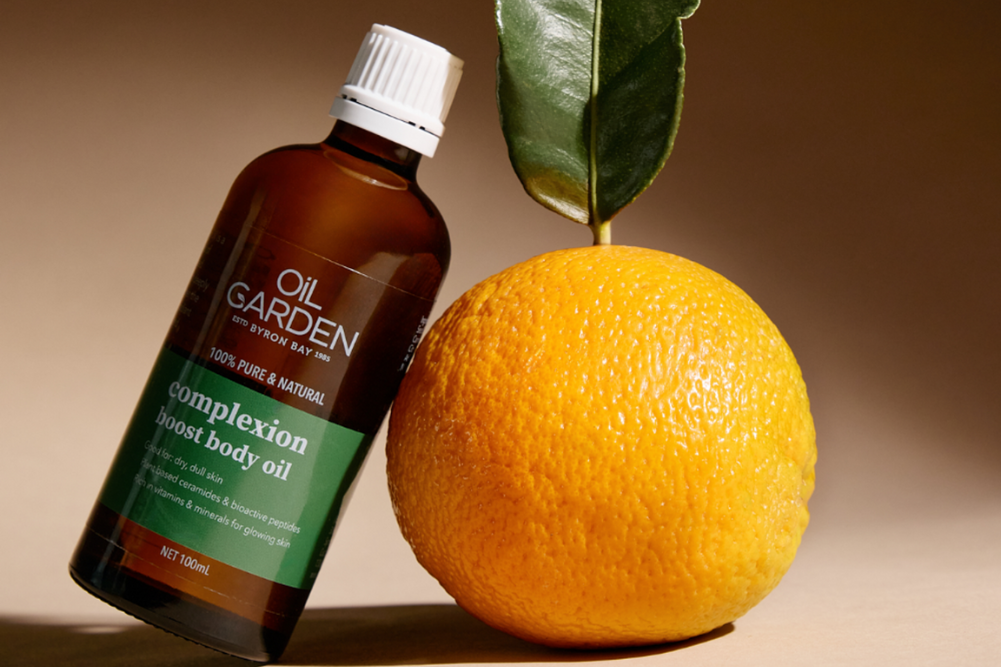A Q&A with KeepCup
Australians love their coffee, but with it comes more risk to the environment due to disposable coffee cups. A staggering one million disposable coffee cups are produced every year in Australia and this contributes to 7000 tonnes of waste.
Most disposable cups are made from polyethylene, which makes them non-recyclable, and very little recycled paper is used to make them. Mostly the paper used in these cups is coated with plastic, which means the cups cannot be composted or recycled.
KeepCup has grown exponentially and has now made its presence felt in 65 countries.
The large amount of wastage in the disposable packaging industry alarmed Abigail Forsyth, co-founder of KeepCup. In her search for a more sustainable and environmentally conscious way to serve coffee, Abigail and her brother, Jamie, designed the KeepCup and set about changing consumer behaviour from dispose to reuse.
Based in Melbourne, KeepCup is an Australian eco-sustainability initiative which started in 2009. It has grown exponentially and has now made its presence felt in 65 countries.
Abigail spoke to WellBeing about her passionate journey, which focuses on the environmental footprint of products and harnessing a positive change in consumption culture.
Tell us about KeepCup. What is it?
More than one million coffee cups are sent to landfill each minute. It represents a huge part of our global waste crisis. KeepCup is one of the solutions to that crisis.
We offer the world’s first barista-standard reusable cup, designed for drinking pleasure on the go. We are a B Corporation focused on sustainable design and supply chain. Our products are part of a broader campaign to encourage and celebrate reuse.
What’s the story behind KeepCup? What drove you to come up with this initiative?
I was a solicitor for years, but was always interested in the hospitality industry, so when the opportunity to open a cafe with my brother in Melbourne’s laneways presented itself, I couldn’t turn it down.
We opened Bluebag in 1998; it was a collection of healthy cafes in the CBD. The premise of the business was convenience — selling sandwiches, salads and coffee in a pre-packed format. Over the years we became increasingly concerned with how much waste we were creating. Disposable coffee cups in particular changed from being an occasional method of service to the standard. The amount of waste created by this convenience was hard to reconcile. In terms of the global waste crisis, it’s a tiny problem, but one that points squarely at the catastrophic impacts of convenience culture.
When you began KeepCup, did you think it would be such a success? Being an entrepreneur takes a lot of dedication and drive. What would you attribute your success in this business to?
Ha! When we started my ambition was to run it from Home using the garage as storage. Perhaps that is underselling it — our success was right product, right time, right look and feel. Our continued success is tenacity, persistence and a genuine commitment to the goal of reducing waste.
How is KeepCup different from other disposable cups? What is a KeepCup made out of? I noticed that it is available in many styles and colours. Can you tell me more about that?
When we started we didn’t look at KeepCup as just another product; we looked at it as the solution to a problem. Why were people not using reusable cups? We looked at the problem from a customer point of view, and also from a coffee service point of view. What were the sticking points for good service? This is how we discovered the unique features of the KeepCup — it’s barista standard. This means that the internal volume provides the same dosage as disposable cups, the KeepCup fits under the groupheads of the machine, and it does not require heating prior to filling. It’s easy to use, easy to clean, and the hard lid presses on. All these features reduce the compromise on speed in busy cafe environments and give the customer a great coffee.
People use a KeepCup because they like the way it looks and feels. A big part of our identity is providing our customers with a product that makes them feel good and allows them to do good. A big part of the feel good is linked to the quality and design of our products, and the breadth of the range, both in terms of colour and style. The ability for people to choose a unique, personal KeepCup really increases the likelihood of them regularly reusing it.
KeepCup is now available internationally. Do you think it has made a difference to the way people use coffee cups around the world? Have you noticed a difference in how KeepCup has helped the environment?
KeepCup is certainly part of the growing global consciousness of people who want reusable products, including coffee cups. Getting the message of reuse and waste reduction out there is the best way we can positively impact the environment.
How people do that — using a reusable cup, sitting in the cafe to drink in-house, using reusable shopping bags or buying once and buying well — the method is not important. Reducing waste through reduced consumption is critical. It is the aggregated impact of these individual actions over time that reinforces and continues the positive behaviour change.
In saying that, KeepCup’s positive impact on our environment is clear. Over a year, using just one KeepCup diverts 300+ disposable cups from landfill and reduces greenhouse gas emissions by up to 92 per cent and water usage by 90 per cent, compared to disposable cups.
Would you say you are a passionate environmentalist? What other environmental initiatives are you involved in?
No unfortunately, I would describe myself as a deeply concerned citizen trying to make a contribution and run a business creating positive, and reducing negative, impact. There is insufficient custodial thinking in our society, and a combination of prudence and innovation are key to securing a better future. I see clearly that convenience and consumption are empty values that benefit so few.
Don’t get me wrong, I love a new dress, beautiful piece of artwork or jewellery, travelling to amazing places — I don’t want to lose these opportunities over a disposable cup, bottled water or the glacial pace of change to renewable energy production. There is so much opportunity in innovation and thinking of better ways to do things.
As a busy business woman, how do you balance your professional and personal time? And how does sustainability fit into this?
Well, you might say this is the cornerstone of sustainability, and between you and me, at this particular moment in time I am not doing it very well. We all know the answer — it’s been repeated for thousands of years: be present to the moment you are in, and behave with gratitude for the richness of your life experience.
Balancing personal and professional requires a great mutual support team, and the balance is the give and take.
What’s next for KeepCup and for you?
We are currently in the process of conducting a Life Cycle Assessment (LCA). This will showcase our many milestones and good decisions, and will also allow us to continually improve our sustainability performance and highlight ways to reduce our impact.
We are excited to share these results once available as testimony of our hard work and also for the opportunity to do things better. We will also, of course, continue to advocate reduce, reuse, recycle through our sales, marketing, product development, personal and organisational behaviours.
We are inspired by Margaret Mead, who observed, “Never doubt that a small group of thoughtful committed citizens can change the world; indeed, it’s the only thing that ever has.”








